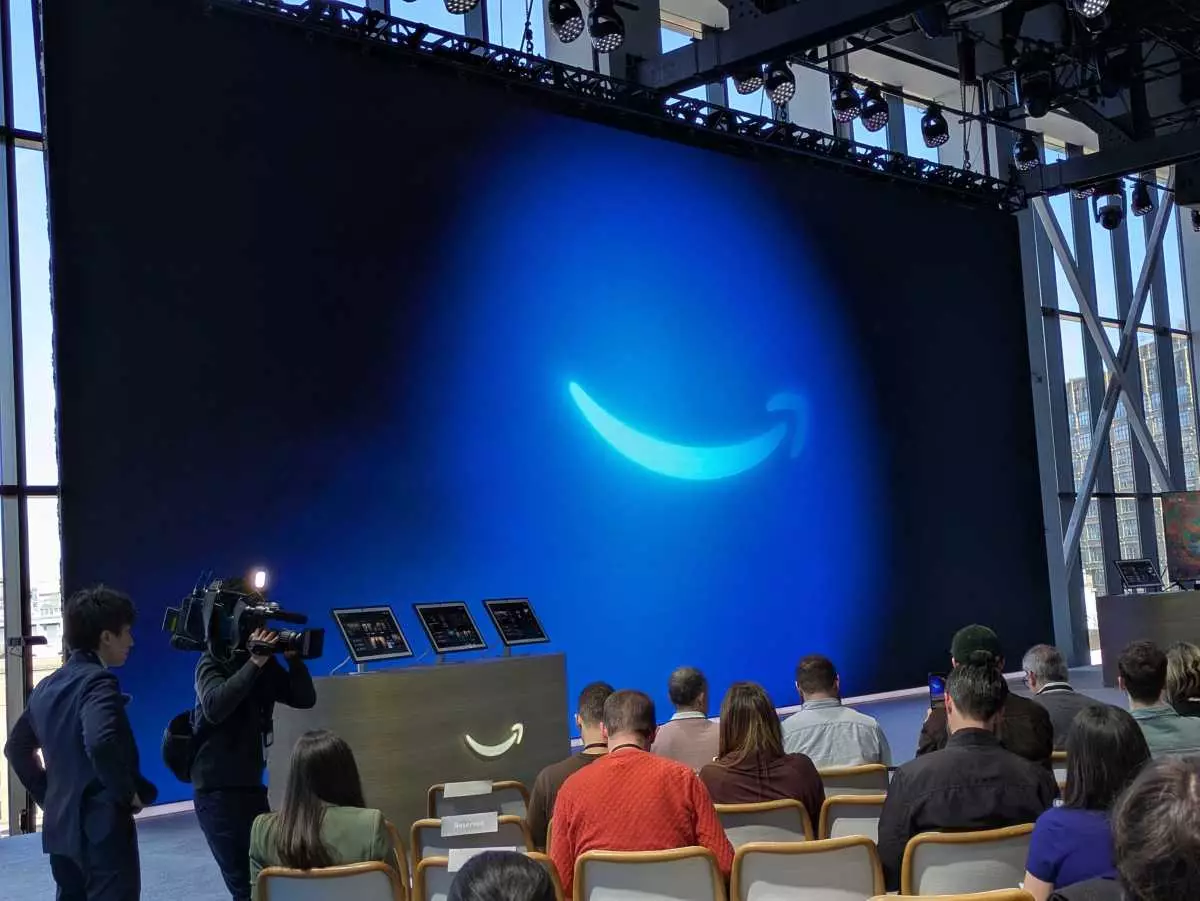As technological advancements continue to surge forward at an unprecedented pace, Amazon’s latest venture into the realm of artificial intelligence, aptly named Alexa+, seeks to reclaim its position at the forefront of smart home technology. Launched initially in February, this upgraded digital assistant has recently expanded its reach to a million users, showcasing Amazon’s commitment to enhancing user experience through cutting-edge generative AI capabilities. While still working through a waitlist system, the trajectory of Alexa+ feels promising amidst fierce competition from AI powerhouses that have reshaped consumer expectations.
The Limitations of Conventional Assistants
Historically, Amazon’s Alexa has played a pivotal role in the smart home revolution, introducing millions to the convenience of voice-activated technology. However, in recent years, as applications of generative AI—like OpenAI’s ChatGPT—garnered significant attention, Alexa began to seem dated and somewhat cumbersome. Users found themselves frustrated with repetitive commands and limited capabilities. The desperation for a more fluid, human-like interaction was palpable, leading to a growing sentiment that Amazon needed to innovate or risk losing relevance.
This realization appears to have spurred the development of Alexa+, pushing boundaries by allowing users to speak naturally without being confined by rigid command structures. Imagine telling your assistant, “It’s too chilly,” and having it intuitively adjust your thermostat—not only does this represent a leap in functionality, but it also fosters a more personalized dialogue, reminiscent of human conversation.
A Leap Toward Personalization
One of Alexa+’s standout features is heightened personalization. Current users are already sharing experiences of an assistant that remembers their preferences—from favorite playlists to dietary preferences. This intelligent recall is transformative, creating an environment where the assistant grows and evolves with each interaction. Unlike its predecessors that produced cookie-cutter responses, Alexa+ acknowledges individual user identities, enhancing the overall smart home experience.
Moreover, generative AI gives Alexa an edge when tackling complex tasks like summarizing lengthy emails or crafting bespoke bedtime stories for children. The introduction of unique functions, such as curating travel itineraries or generating quizzes, highlights Amazon’s ambitions to deliver a host of solutions under one virtual roof. These features aim to eliminate friction for users, making once mundane tasks both easier and enjoyable, and reflect a future where technology amplifies daily life rather than complicates it.
Collaboration with Key Industry Leaders
To bolster its service offering, Alexa+ has partnered with notable names in the industry including Ticketmaster, OpenTable, and Uber Eats. These affiliations not only enhance functionality by seamlessly integrating daily activities—from dining out to ticket purchases—but also illustrate Amazon’s understanding of the interconnectedness required in the modern consumer’s lifestyle. By aligning with established brands, Alexa+ leverages their capabilities, creating a robust ecosystem where consumers can engage with a multitude of services using a single voice command.
Such partnerships imply that Amazon isn’t just creating another standalone app; it’s attempting a full-scale ecosystem in which Alexa+ serves as the central interface. This strategy could potentially redefine how users interact with their devices, simplifying numerous tasks into coherent conversations with a digital assistant.
User Reception: A Mixed Bag of Feedback
Despite the bold advancements, user reactions to Alexa+ reveal a complex landscape of expectations. While some early adopters laud its advancements over competitors like Apple’s Siri, citing improved conversational abilities, others have noted that the technology still has some rough edges. This mixed feedback underscores the digital assistant’s developmental phase; it’s a necessary growing pain for a product so deeply rooted in innovation.
Moreover, it’s essential to recognize that as Amazon refines and enhances Alexa+, the feedback loop established by early users will inform future iterations, pushing the technology towards a more polished and user-friendly experience. Embracing this process allows consumers to not only witness the evolution firsthand but also participate as co-creators in refining what smart assistant technology should aim to achieve.
The Road Ahead for Alexa+
As Alexa+ prepares for expansive public release, Amazon is poised to disrupt the smart home landscape once again. With plans for accessibility across numerous devices—from Echo to Fire TV—there is potential for deeper market penetration. However, the company must navigate the precarious balance of integrating advanced technology while ensuring it remains intuitive for users accustomed to more traditional forms of interaction.
With its current trajectory, Alexa+ hints at a future where generative AI becomes an integral part of daily living, fundamentally reshaping consumer habits and expectations. This evolution is not just about technology; it’s a profound change in how people relate to intelligent systems, potentially marking a new chapter in the story of smart home automation.

